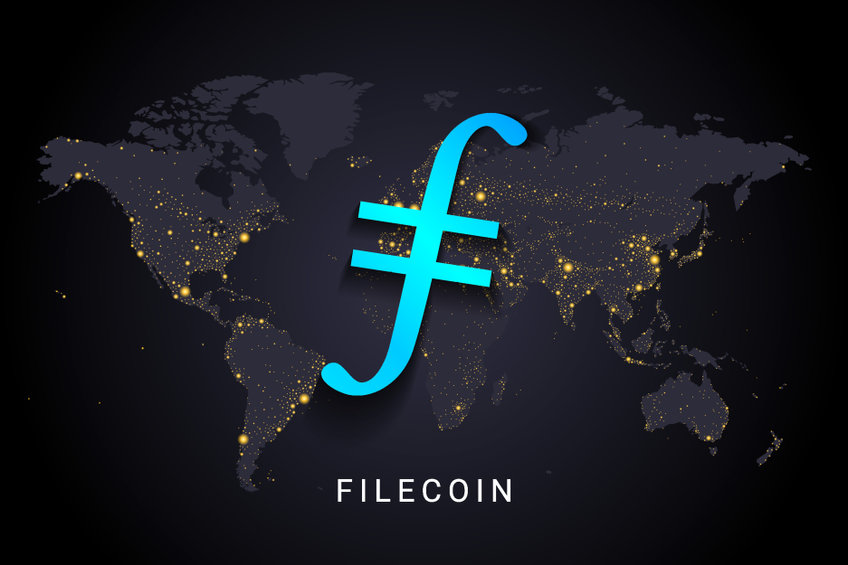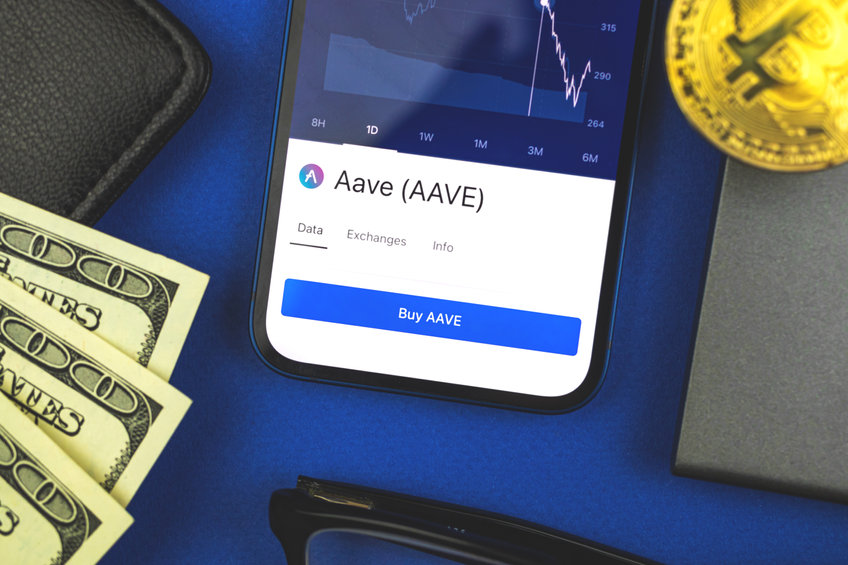
-
At $18.05, there was resistance.
-
At $15.5, the LINK/USD pair found strong support.
The Chainlink price research shows that bulls have been ready to withstand the negative wave, which is good for cryptocurrencies. The currency had tremendous depreciation over the current month, but prices are steadily increasing, and they are predicted to reach beyond their current price level of $17 in the near term.
However, the next barrier is still at $18.6, which explains why the price oscillation is moderate today. However, if the bullish trend continues in the following 24 hours, the resistance level may be exceeded, and LINK may have a smooth rally to $20, which is the next key level.
The bulls maintain their advantage, overcoming the bearish impediment
According to the most recent updates, the one-day price chart for the Chainlink price review reveals that cryptocurrency prices have grown today, with negative pressure also visible. The price had hit $18.053, up 10.36 percent on Sunday. The chart also illustrates that the bulls attempted to make a comeback in recent days and have now regained control as bulls today have held prices above prior low.
 Source – TradingView
Source – TradingView
The four-hour Chainlink price analysis shows that the bullish trend is regaining control. The last few hours have been quite advantageous for the bulls, with the short-term moving line displaying more green candlesticks, surpassing the impediment created by the bears in earlier hours of the day.
The post LINK/USD value rose to a high of $18.05, as the recent bullish trend persists appeared first on Coin Journal.






 Source – TradingView
Source – TradingView